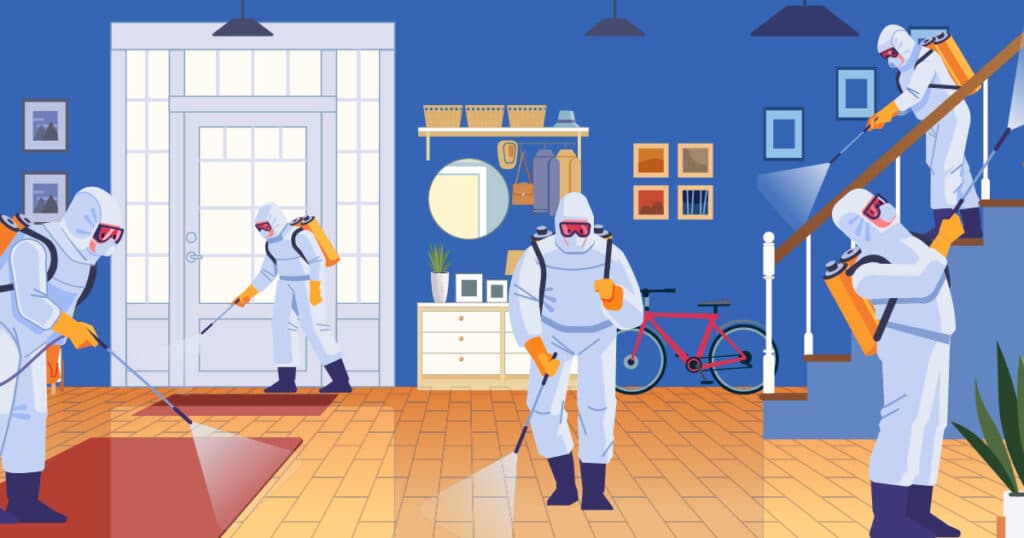Dr. Meghan Haggarty recently attended the annual MAPS (Medical Academy of Pediatric Special Needs) conference in Scottsdale. Although the conference focuses on pediatric health concerns, the concepts, and treatments for many of the talks can be extrapolated to benefit adults and kids alike. Of the many valuable topics explored at the conference, one that really stood out this year was the focus on mold toxicity.
We do not often think about mold in our dry Calgary climate. But the reality is that mold in our houses, workplaces and foods are ubiquitous. Water seeps through the smallest of spaces. If mold is suspected, the first step is to have your home tested by a certified mold inspector. Remediation of “sick buildings” can involve simple steps to very extensive renovations depending upon the extend of the issues found in the inspection and spore testing. Several foods also can have high amounts of mycotoxins. Barley, wheat, corn, peanuts, rye, and cheese to name a few.

The health effects from mycotoxins can range depending upon the type of mold exposure and the amount of exposure over time. For example, aflatoxin found on corn and peanuts can be liver toxic and immune suppressive. Gliotoxin found in foods and water damaged buildings inhibits immune function and it is toxic to the liver and kidneys. Exposure to mold may induce many various symptoms including allergy type symptoms, fatigue, headaches, brain fog, mood changes, diarrhea, muscle aches, and tinnitus. CIRS or Chronic Inflammatory Response Syndrome is a multi-system biotoxin illness leading to chronic inflammation and immune suppression. The list of health effects is not exhaustive, mold exposure can in some rare cases increase risk of cancer.
If mold is suspected, urine or blood tests can be performed and sent to specialized labs that will determine the type and amount of mold in the patient’s system. If mold is found in the testing a specialized treatment plan can be put in place depending upon the type and amount of mold toxins found in the testing. Testing other biotoxin exposures such as heavy metals or glyphosates may be indicated based on the patient’s history. The first step in addressing mold is avoidance. It is imperative whether it is food or building related. Symptoms differ from person to person, so it is important to tailor a treatment plan. Treatments may include mast cell stabilizers, binders, anti-inflammatories, anti-fungal, immune modulators, neurotransmitter support, gastrointestinal support, dietary recommendations, detoxification support, and mitochondrial support.
